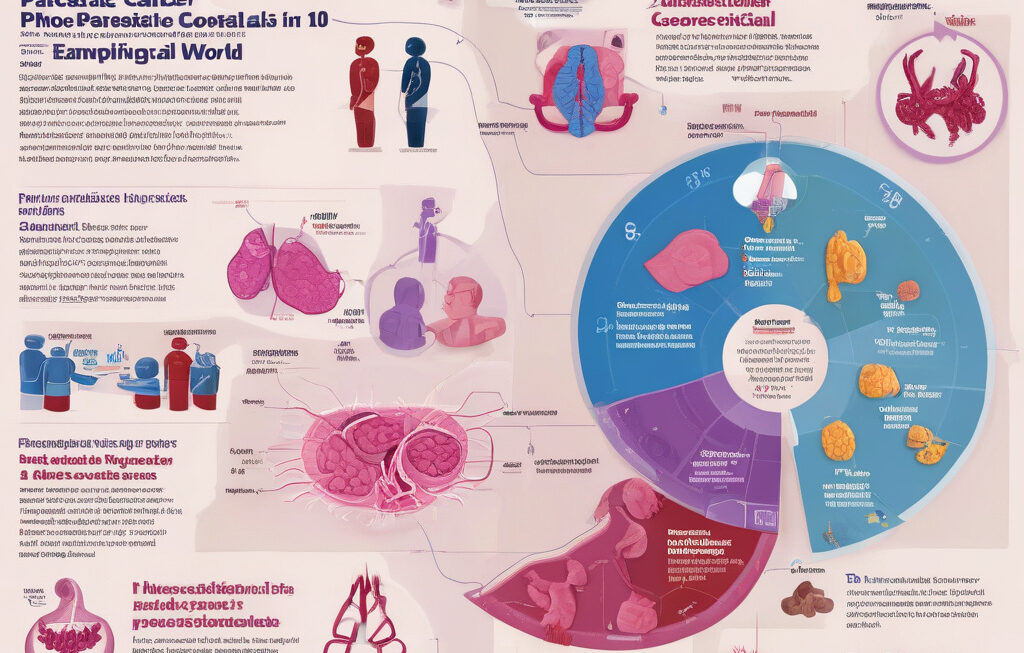AI Fluency is the New Office Software Skill
In today’s rapidly evolving digital landscape, the ability to effectively collaborate with artificial intelligence (AI) tools is becoming increasingly important in the workplace. As AI technology continues to advance, businesses are recognizing the need for employees who are fluent in working alongside these powerful tools. Just as proficiency in traditional office software like Microsoft Office has been a standard requirement for many roles, AI fluency is quickly emerging as the new must-have skill.
One of the key challenges in working with AI tools is ensuring that they are able to understand and execute tasks accurately. Tools like ChatGPT, a cutting-edge AI language model developed by OpenAI, work best when users provide clear instructions, context, and tone. This means that employees need to be able to communicate effectively with AI systems to maximize their efficiency and productivity.
To help professionals master the art of AI collaboration, a new method called CATS has been developed. CATS stands for Context, Action, Tone, and Specificity, and serves as a framework for interacting with AI tools in a way that produces optimal results. Let’s delve into each component of the CATS method to understand how it can enhance AI fluency in the workplace.
Context is crucial when working with AI tools, as it provides the necessary background information for the system to perform its tasks accurately. By clearly outlining the context of a request or project, employees can ensure that AI tools have all the information they need to deliver the desired outcomes. Whether it’s providing relevant data points or explaining the broader objectives of a task, setting the right context is the first step towards successful AI collaboration.
Action refers to the specific task or objective that a user wants the AI tool to perform. Being able to articulate actions clearly and concisely is essential for ensuring that AI systems understand what is being asked of them. Whether it’s generating a report, analyzing data, or drafting an email, defining the desired action upfront is key to effective communication with AI tools.
Tone plays a significant role in AI collaboration, especially when it comes to natural language processing models like ChatGPT. By setting the right tone in their interactions with AI systems, employees can convey important nuances and expectations that can influence the outcome of a task. Whether it’s maintaining a formal tone for professional communications or injecting humor into casual conversations, understanding how tone impacts AI responses is essential for mastering AI fluency.
Specificity is the final component of the CATS method and involves providing clear and detailed instructions to AI tools. The more specific and precise the input, the more accurate and relevant the output will be. By avoiding ambiguity and vagueness in their interactions with AI systems, employees can ensure that tasks are completed correctly and efficiently.
By mastering the CATS method and adopting a proactive approach to AI collaboration, professionals can enhance their AI fluency and become valuable assets in the modern workplace. As AI technology continues to transform industries and revolutionize business operations, the ability to work effectively with AI tools will be a crucial skill for success in the digital age.
In conclusion, AI fluency is indeed the new office software skill, and mastering the art of AI collaboration is essential for professionals looking to stay ahead in today’s fast-paced business environment. By leveraging tools like ChatGPT and following the CATS method, employees can harness the power of AI technology to drive innovation, streamline processes, and achieve their goals with greater efficiency and accuracy.
AI, Fluency, Collaboration, CATS method, Workplace.












